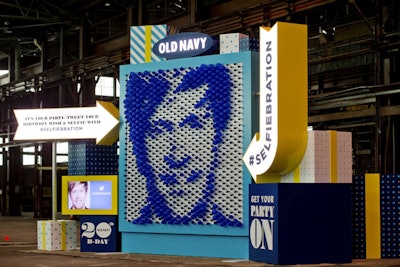
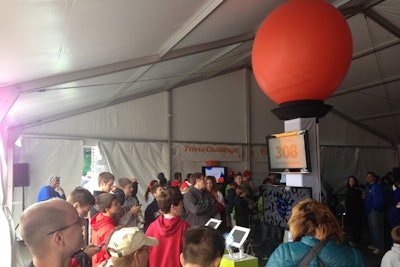
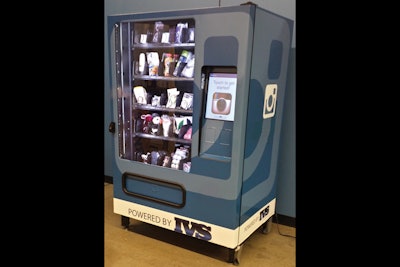
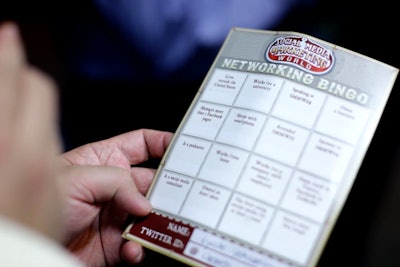
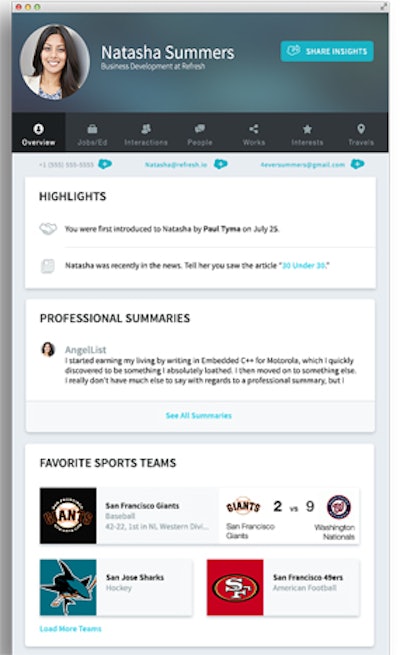
Planners interact with dozens of people—vendors, speakers, sponsors, and others—in the months leading up to an event. Refresh is a Web and mobile app that provides background information on people before a meeting to facilitate better engagement. Users link their calendars to the app and then the system searches public information from more than 100 sources around the Web, including Twitter, LinkedIn, Facebook, Yelp, and Instagram, about people they will be meeting. Users receive insights such as shared interests, work history, and recent blog posts. The system can also be used to store notes about people after a meeting.
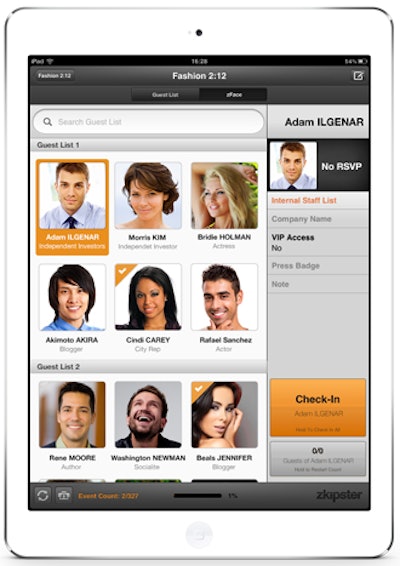
Zkipster is an app to manage check-in at non-ticketed events. In 2014 the company added several optional tools. Zface creates a photo-based guest list by searching the Internet for each guest name and pulling as many as 10 photo suggestions. Planners also can manually upload photos. The pictures are stored in a secure Zkipster account so they can be accessed for future events. Zsocial allows hosts to identify and connect with social media influencers at their event by integrating Twitter and Instagram handles into the guest list. As guests check in, the system can send them an automated welcome message that provides the event hashtag. After the event, Zsocial allows hosts to monitor and pull reports on social media interactions regarding their event. Zprint provides instant printing of name tags by connecting the app to a wireless printer.
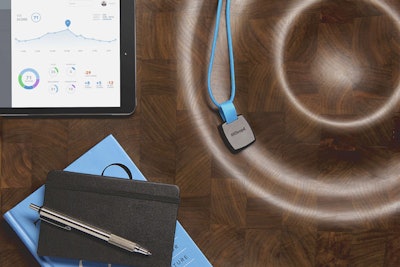
Loopd is a system that uses Bluetooth low-energy beacons to provide a variety of location-tracking tools for planners and attendees. Beacons placed around the event communicate with chips the attendees wear on a lanyard. As guests visit exhibitor booths, attend education sessions, and meet other attendees, the system tracks those movements and saves the information. At any time, guests can log into the Loopd app to see a history of those interactions, as well as receive marketing materials from exhibitors they visited. Booth staff also receive traffic information and can follow up with attendees. For networking, users can tap their badges together to share their contact information; otherwise, the system will automatically collect data when two people are standing near each other for a predetermined amount of time. Planners receive real-time information about traffic flow and also data regarding retention, engagement, dwell time, and amount of connections made for attendees and exhibitors. The company plans to release an update in February.
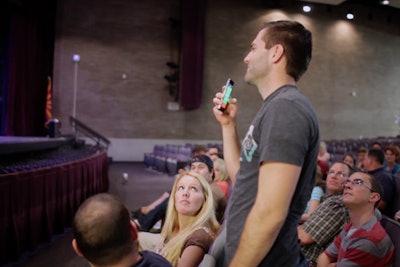
Crowd Mics turns guests’ smartphones and tablets into wireless microphones, so they can be heard over the sound system in a meeting room or auditorium. Guests download the Crowd Mics app and enter a code to join the event. When they want to ask a question or make a comment, they tap their phones, and the presenter will see a list of people requesting to speak in the order they came online. The presenter can enable an individual microphone, mute a microphone, or put the system in “open mic” mode so anyone can comment. Audience members can also submit text comments to the presenter through the Crowd Mics app, and the system offers polling functions.
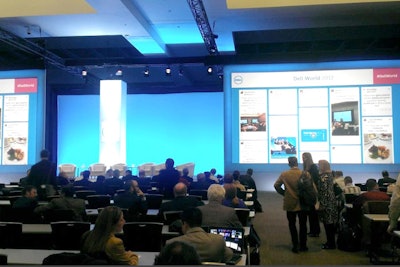
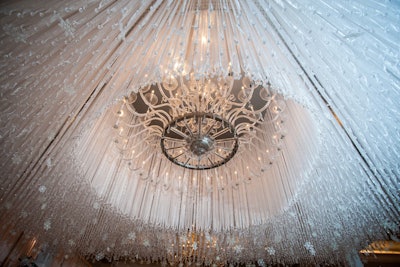
Winter Wonderland Wedding
Submitted by A Legendary Event
Some 8,000 hand-tied crystals suspended from a ceiling, 500 white snowflakes hand-tied to crystals, six 12-foot white crape myrtle trees, four eight-foot manzanita trees, 4,500 white orchids, and 10,000 hand-reflexed white roses were only some of the design elements used by A Legendary Event to turn the St. Regis Hotel into a winter wonderland for a wedding in December last year. The Georgia-based bride, Dahlia Ghais, and Abu Dhabi-based groom, Makram Ashcar, had a vision for a dramatic all-white wedding for 280 guests, and the event design brought their vision to life. From the indulgent cocktail hour and decadent dinner to dancing under a canopy of crystals and snowflakes, dramatic elements including mirrored tabletops and white sequined linens combined glamour and elegance at the affair.
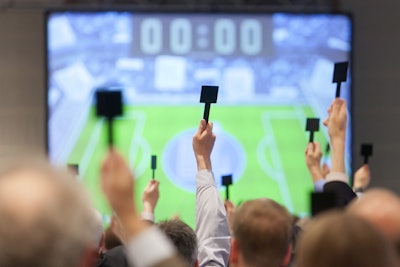
SwarmGaming
Submitted by SwarmWorks
SwarmGaming is a unique, interactive technology for events meant to rethink the way groups experience entertainment. Via optical signals, the system allows hundreds or thousands of people to jointly play computer games as part of a live experience. Participants receive reflector devices with which they send signals, so a group can combine to control a sailing ship or an aircraft together, or split in half to play a game such as football-pong competitively. It works to energize a meeting group, wake up a crowd after a break, and generate team spirit.




















